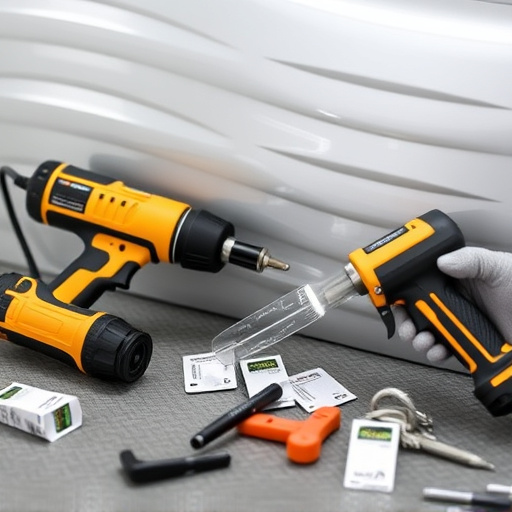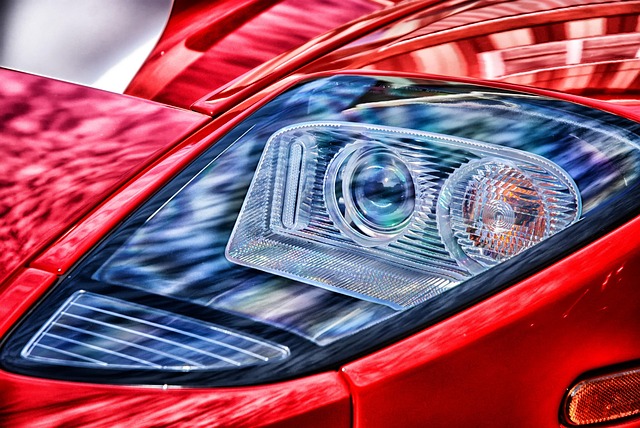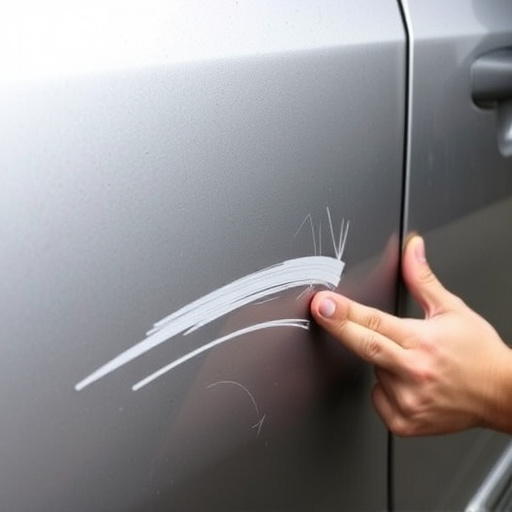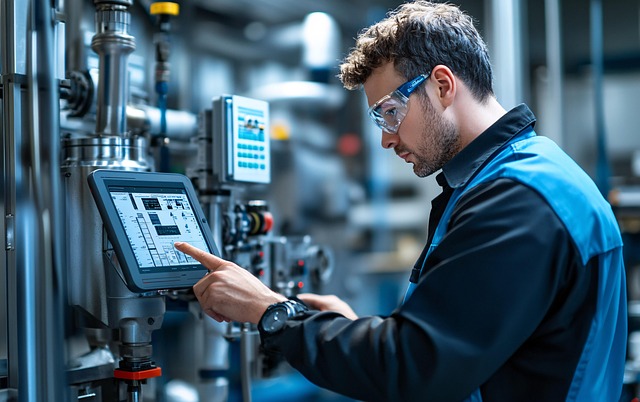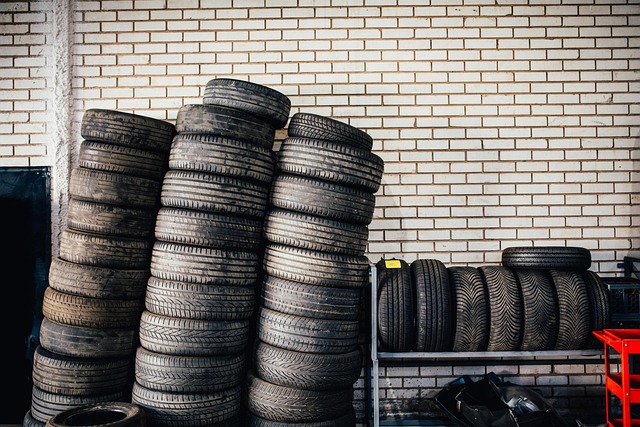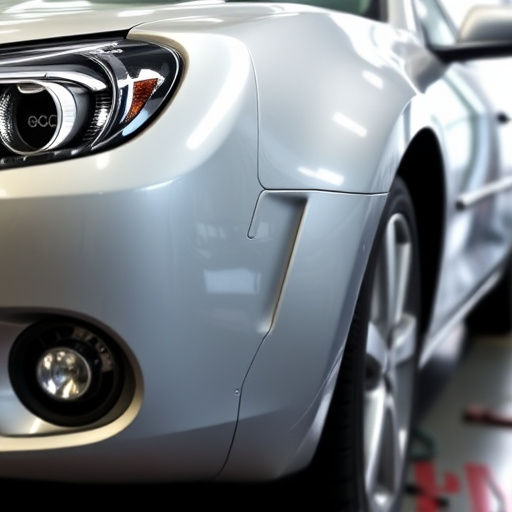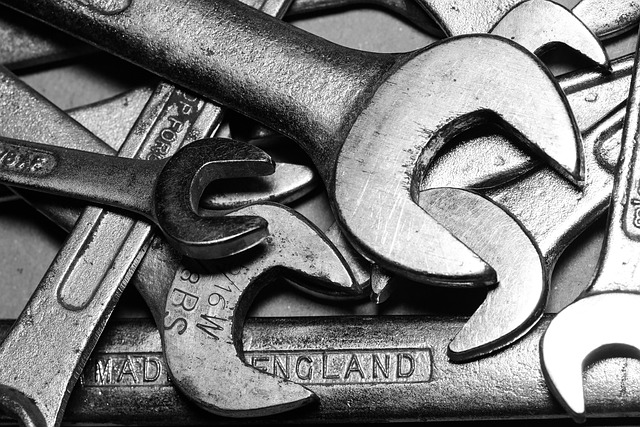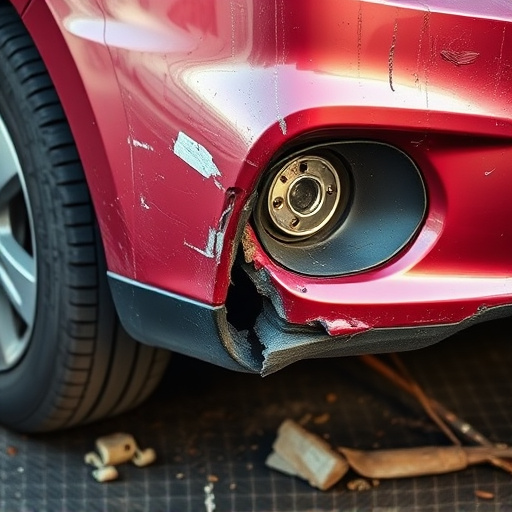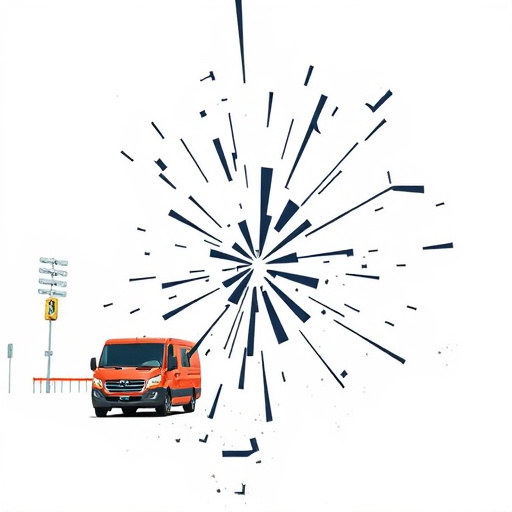Mercedes leather restoration is a meticulous process that involves cleaning, assessing damage, using specialized tools and chemicals to restore texture and color, matching original finishes. Severity of damage, design complexity, area size, and weather conditions determine duration. Skilled technicians use various methods, from paintless dent repair for minor issues to complete leather replacement for extensive damage, ensuring long-lasting, high-quality results that maintain the superior appearance of restored Mercedes leather over time.
Discover how long it takes to restore your worn Mercedes leather. This comprehensive guide breaks down the Mercedes leather restoration process, explores factors impacting duration, and offers tips to optimize repair time. Whether you’re tackling the project yourself or seeking a professional touch, understanding the timeline is key. From preparation to final touches, learn what goes into a successful Mercedes leather restoration, ensuring your vehicle’s interior looks and feels like new again.
Understanding the Restoration Process

Understanding the Restoration Process
Mercedes leather restoration involves a meticulous series of steps designed to revive and rejuvenate faded, damaged, or stained automotive interiors. The process begins with thorough cleaning to remove dirt, dust, and contaminants, ensuring that no residue remains. This initial stage is crucial for achieving optimal results. Once cleaned, the damaged area is carefully assessed to determine the extent of repair needed. This might involve patching small tears or completely replacing large sections of leather.
After assessment, skilled technicians employ specialized tools and chemicals to restore the leather’s texture and color. Techniques like buffing, staining, and coating are used to match the original finish precisely. In cases of extensive damage, such as from a fender repair or automotive collision repair, an auto body shop might need to source matching leather and undertake more complex procedures to seamlessly integrate replacement parts into the vehicle’s interior. The goal is not just to fix but to restore the leather to its original condition, ensuring longevity and visual appeal.
Factors Affecting Duration

The duration of a Mercedes leather restoration process can vary significantly depending on several factors. One of the primary considerations is the extent of the damage; severe tears, deep cracks, or extensive fading will require more time and intricate work compared to smaller, shallower imperfections. The complexity of the design on the leather also plays a role; intricate patterns or custom stitching might add complexity to the restoration process.
Additionally, the size of the damaged area affects timing. Restoring a single, relatively small area may take less time than tackling multiple spots across the vehicle’s interior, which could include seats, door panels, and dashboards. Weather conditions and environmental factors can also impact the duration as they influence drying times for adhesives and coatings. Auto collision repair experts often plan for buffer periods to account for these variables, ensuring a thorough yet timely Mercedes leather restoration that meets high-quality standards.
Optimizing Time for Repair

Optimizing time for Mercedes leather restoration is an art that combines skill and precision. The duration can vary greatly depending on several factors, including the extent of damage, the method employed, and the expertise of the restorers. For minor scuffs or cracks, a quick paintless dent repair technique might suffice, allowing for a swift turnaround in just a few hours. However, more extensive repairs, such as complete leather replacement after a vehicle collision repair, will naturally take longer. Auto collision repair specialists often plan their work meticulously to ensure every detail is addressed, which can extend the process but guarantees a thorough and high-quality restoration.
Leather is a delicate material, demanding careful treatment during the restoration process. Skilled technicians prioritize minimizing disruption and preserving the original texture and color. They might take extra time to clean, prepare, and treat the leather to ensure long-lasting results. This meticulous approach, while slowing down the immediate repair, guarantees that the restored Mercedes leather will remain in excellent condition for years to come, outshining its peers in both appearance and durability, even after undergoing vehicle collision repair or paintless dent repair processes.
Mercedes leather restoration time can vary, but by understanding the process and optimizing conditions, you can expedite the repair. On average, a complete leather restoration on a Mercedes vehicle typically takes 2-4 hours, depending on factors like the extent of damage and the type of leather. By addressing issues promptly and choosing the right restorers with experience in Mercedes models, you can ensure a high-quality outcome while minimizing downtime for your cherished car.
